ABOUT
WHAT IS WINDROCK?
Windrock Park includes 73,000 acres of off-road excitement with over 300 miles of trails to explore! Located in Oliver Springs, Tennessee, we are the LARGEST privately owned riding area in the country. Our famous trails accommodate all types of vehicles. The park also includes a full-service campground, shooting range, bike park, RC park and special events throughout the year. Come enjoy a family-oriented atmosphere and don’t forget to get a souvenir at the General Store before you go!
RENT A SxS
EXPLORE OUR TRAILS
VISIT OUR CAMPGROUND
Are you looking for a unique location for a special event? Windrock Park offers location assistance for commercial videos, photoshoots, weddings, corporate events and so much more.






OUR FAMOUS TRAILS
The trail system is open 24 hours a day, 7 days a week and 365 days a year. All types of off-road vehicles are welcome.
73,000 acres of land with over 300 miles of trails…it’s time to play! What are the trails like, you ask?
EASY: Hit those gravel roads for a fun, scenic drive.
MODERATE: Some dirt, some rocks and some ruts make these trails a bit more exciting.
DIFFICULT: Step it up. It’s all the above and more dirt, more rocks and more ruts!
EXTREMELY DIFFICULT: You sure about this? Boulders and cliffs and questions…OH MY!
Finally! Online permits are available. Remember, annual permits are 365 days from date of purchase. Please remember that anyone under the age of 18 is required to wear a helmet to ride on Windrock Park’s Trail System. Everyone entering Windrock Park’s trail system must have a permit.
HISTORY OF WINDROCK
Windrock Park is 73,000 acres of off-road excitement located in Oliver Springs, TN. The trails accommodate all types of vehicles from ATVs, SxSs, dirt bikes, mountain bikes, Jeeps/4x4s, buggies and trucks. We are the LARGEST privately owned riding area in the country. Known for keeping the rider in mind, come see what everyone is talking about!
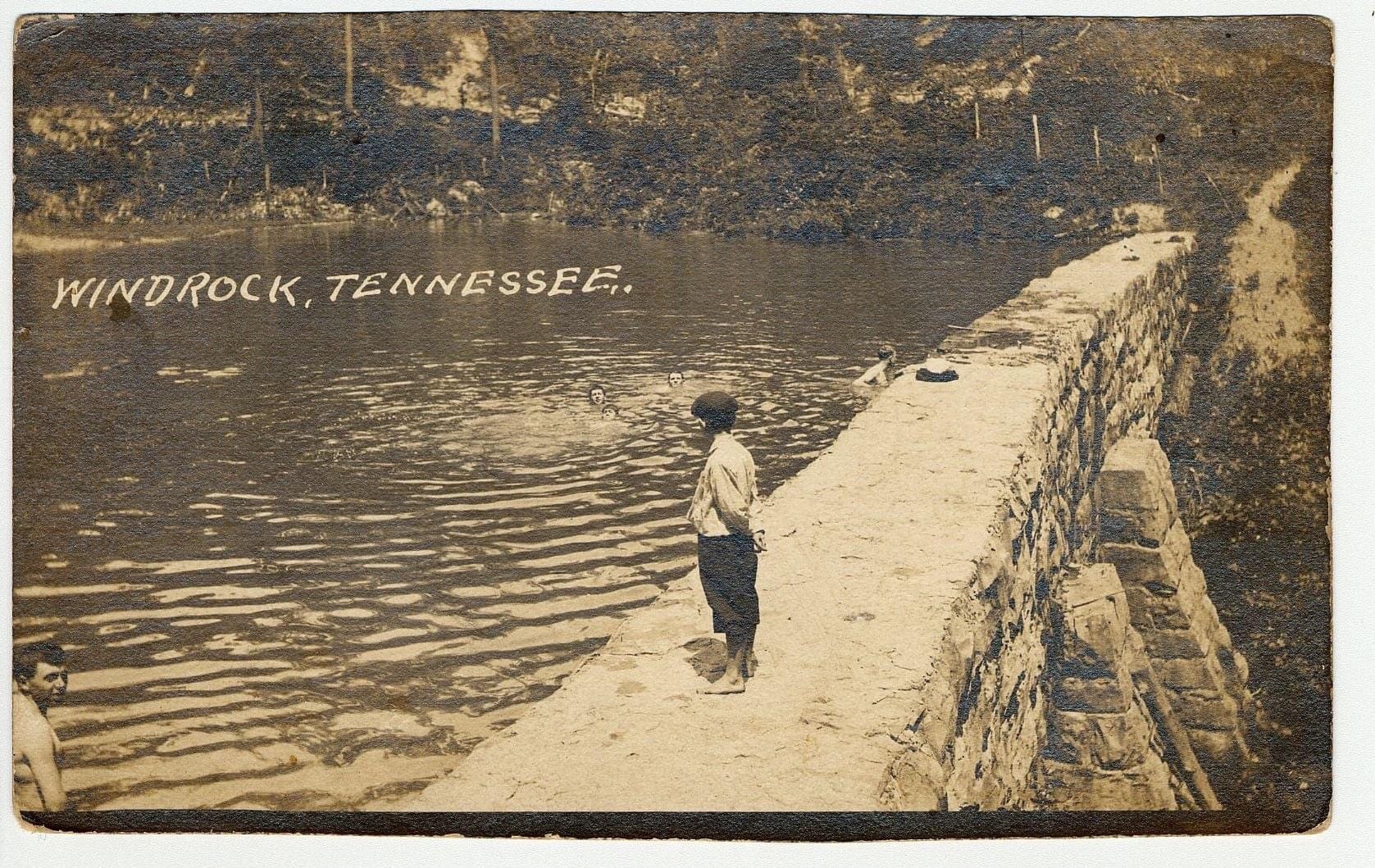
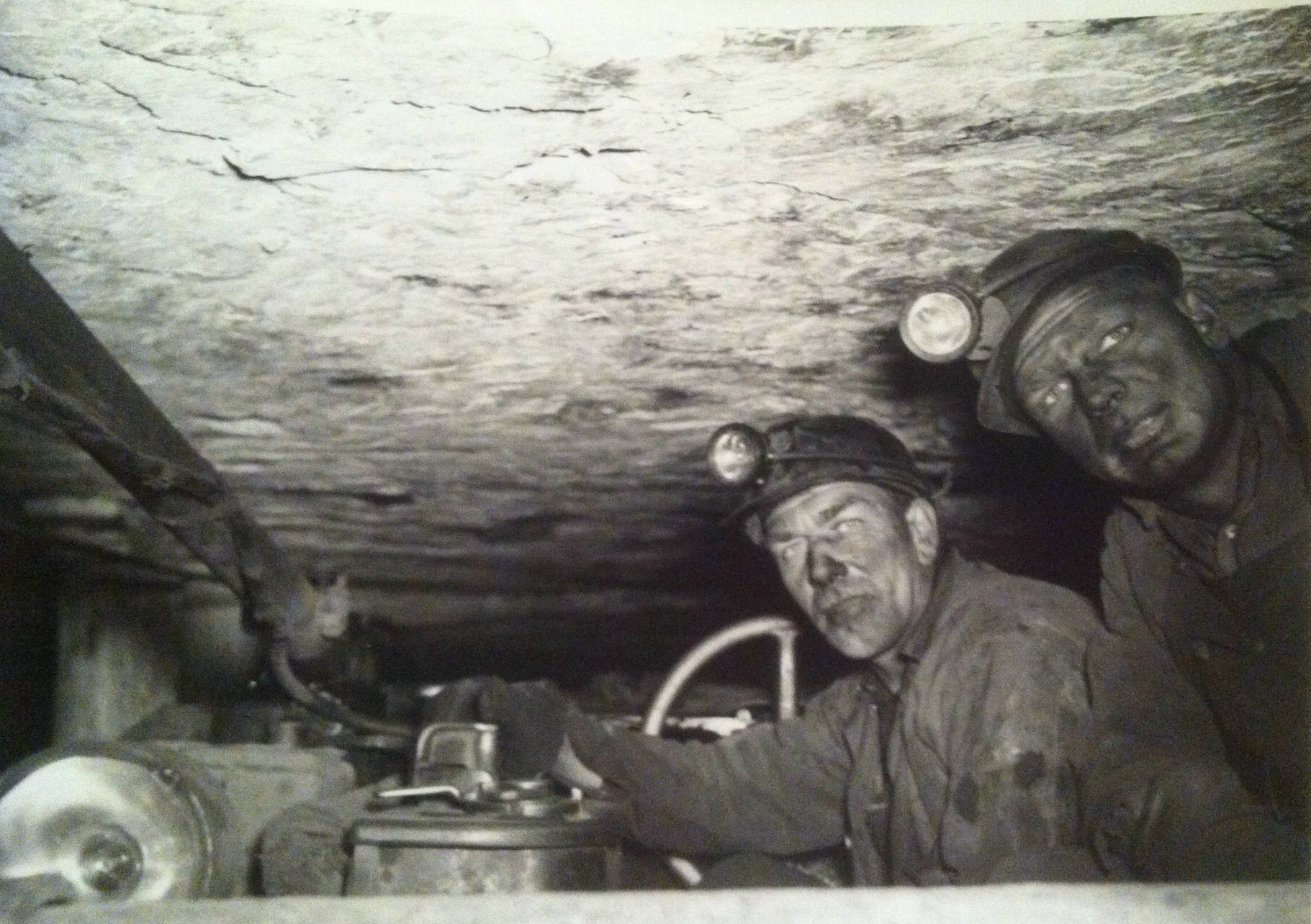
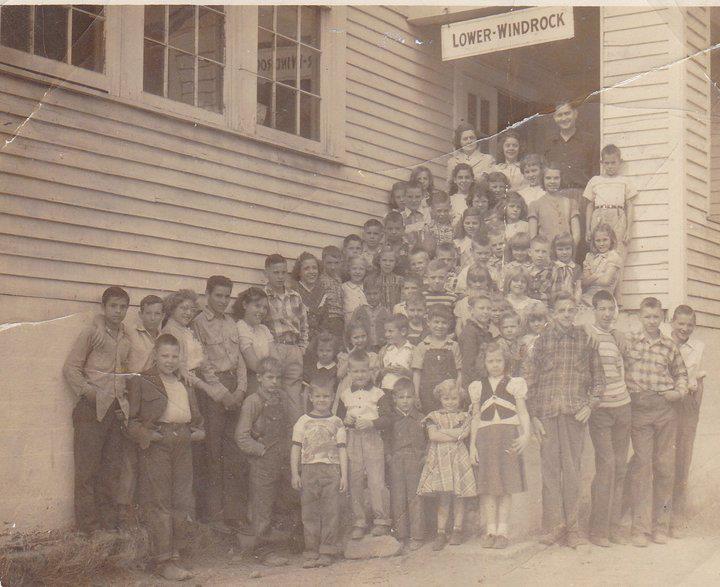
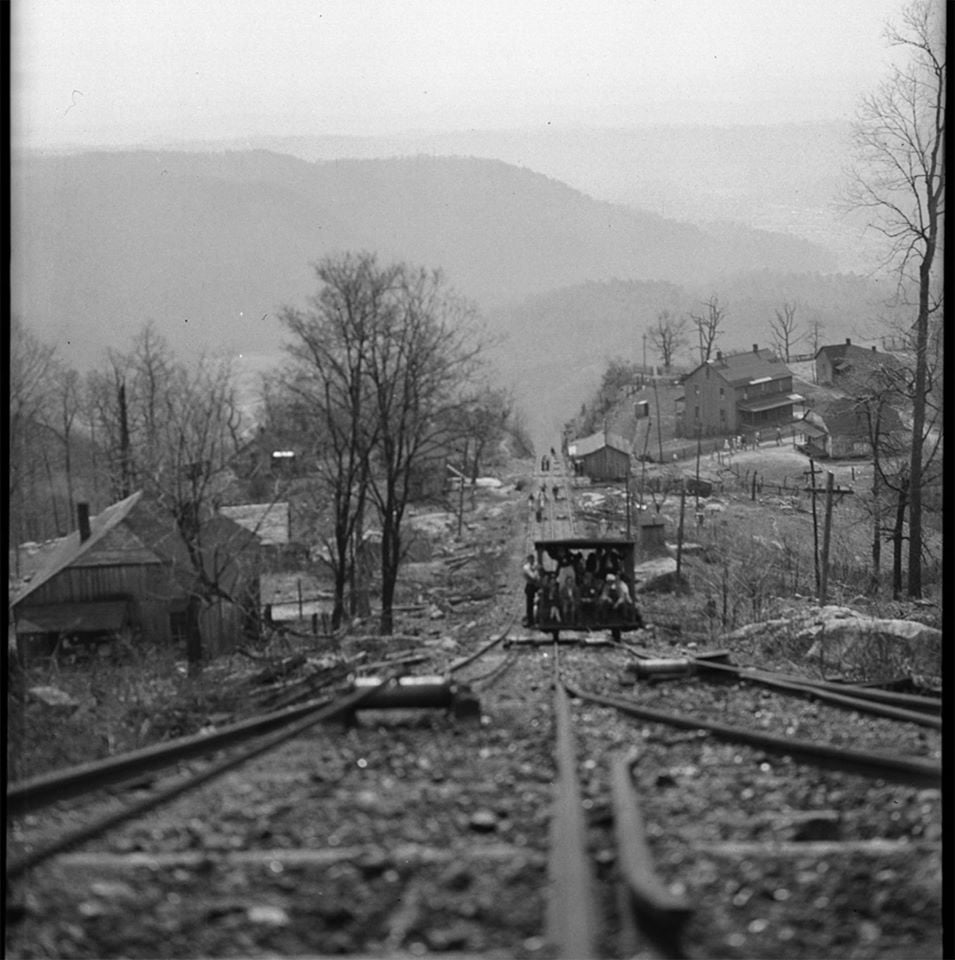
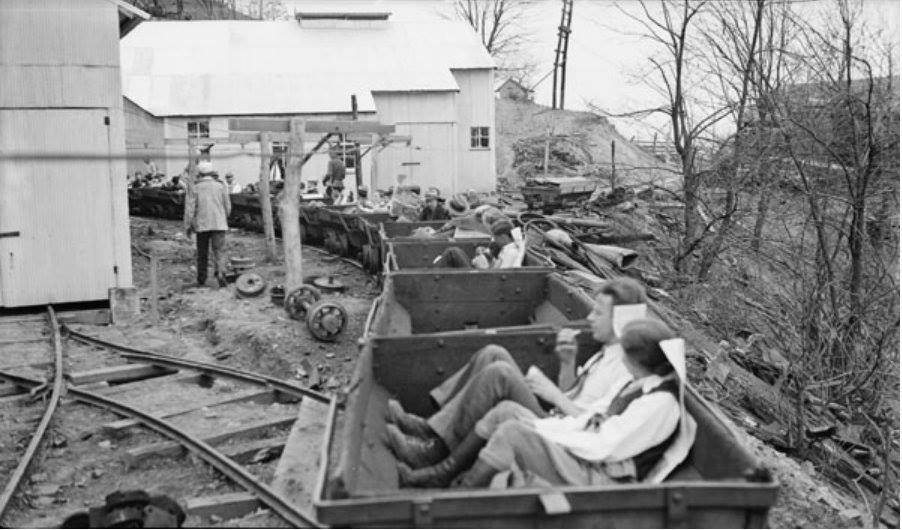
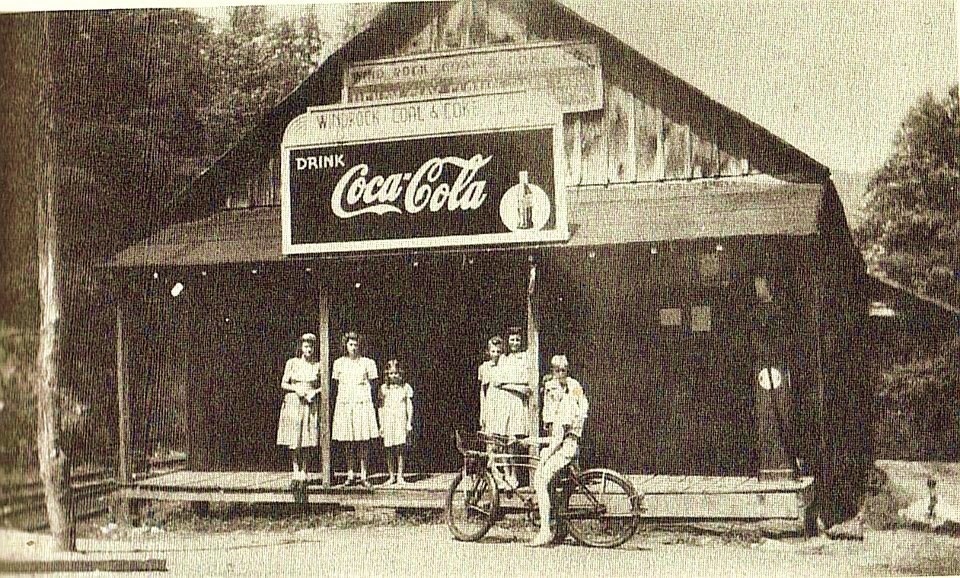
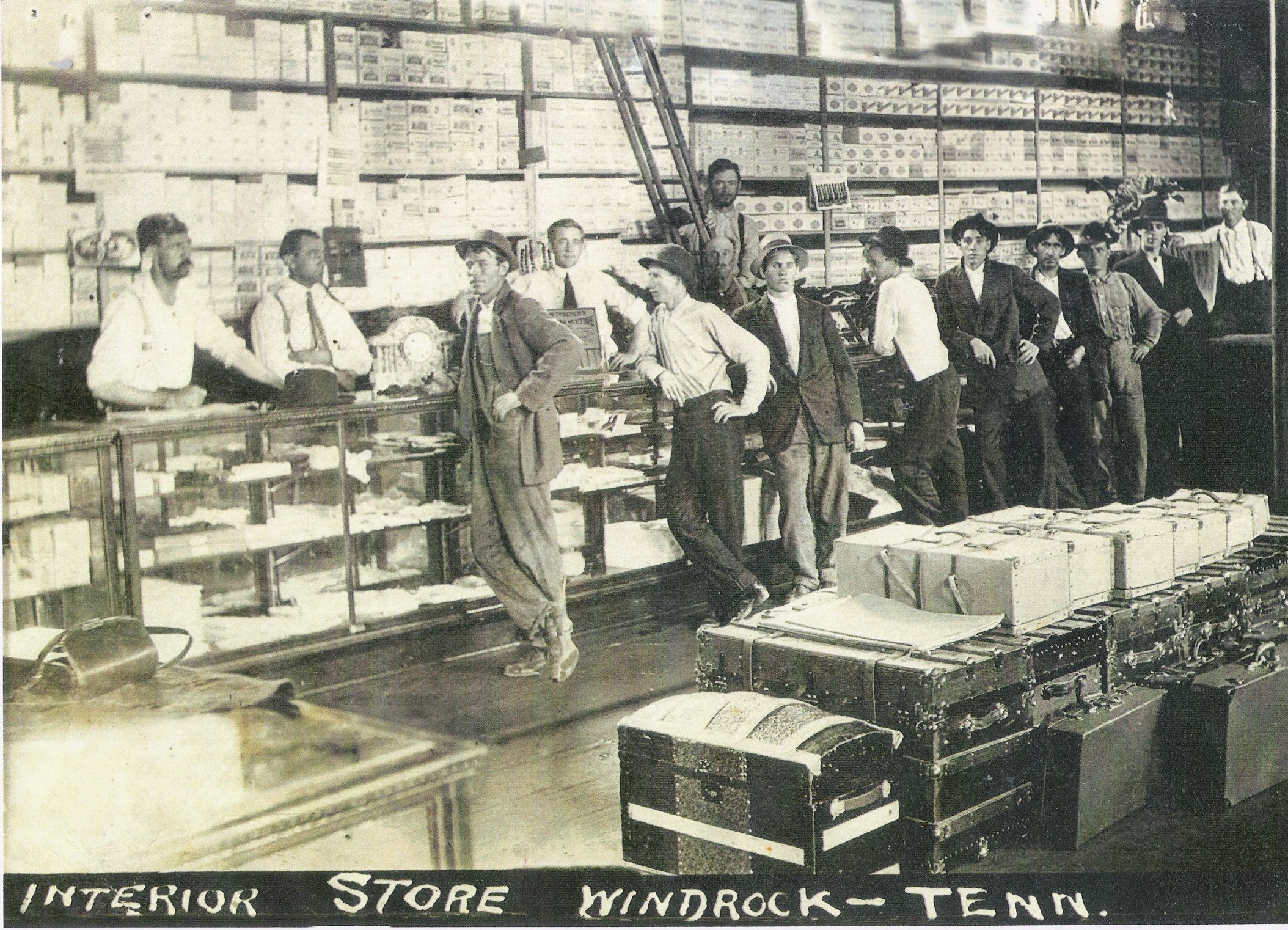
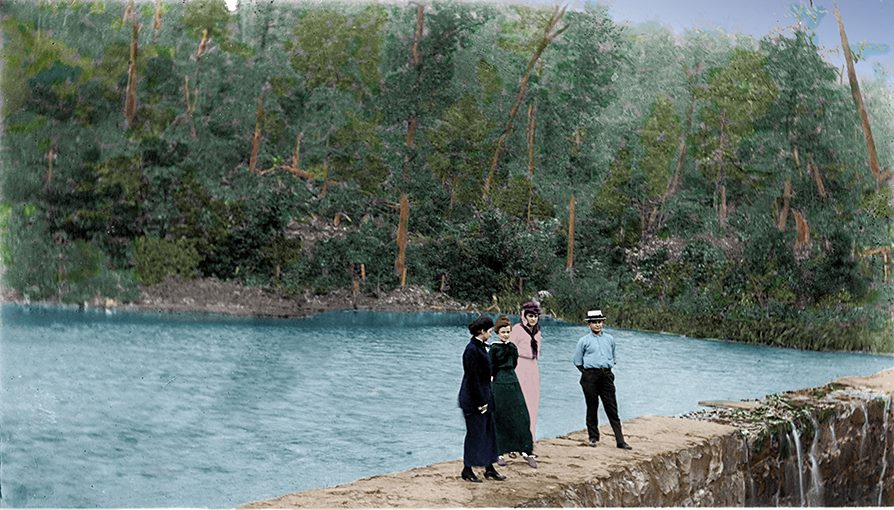
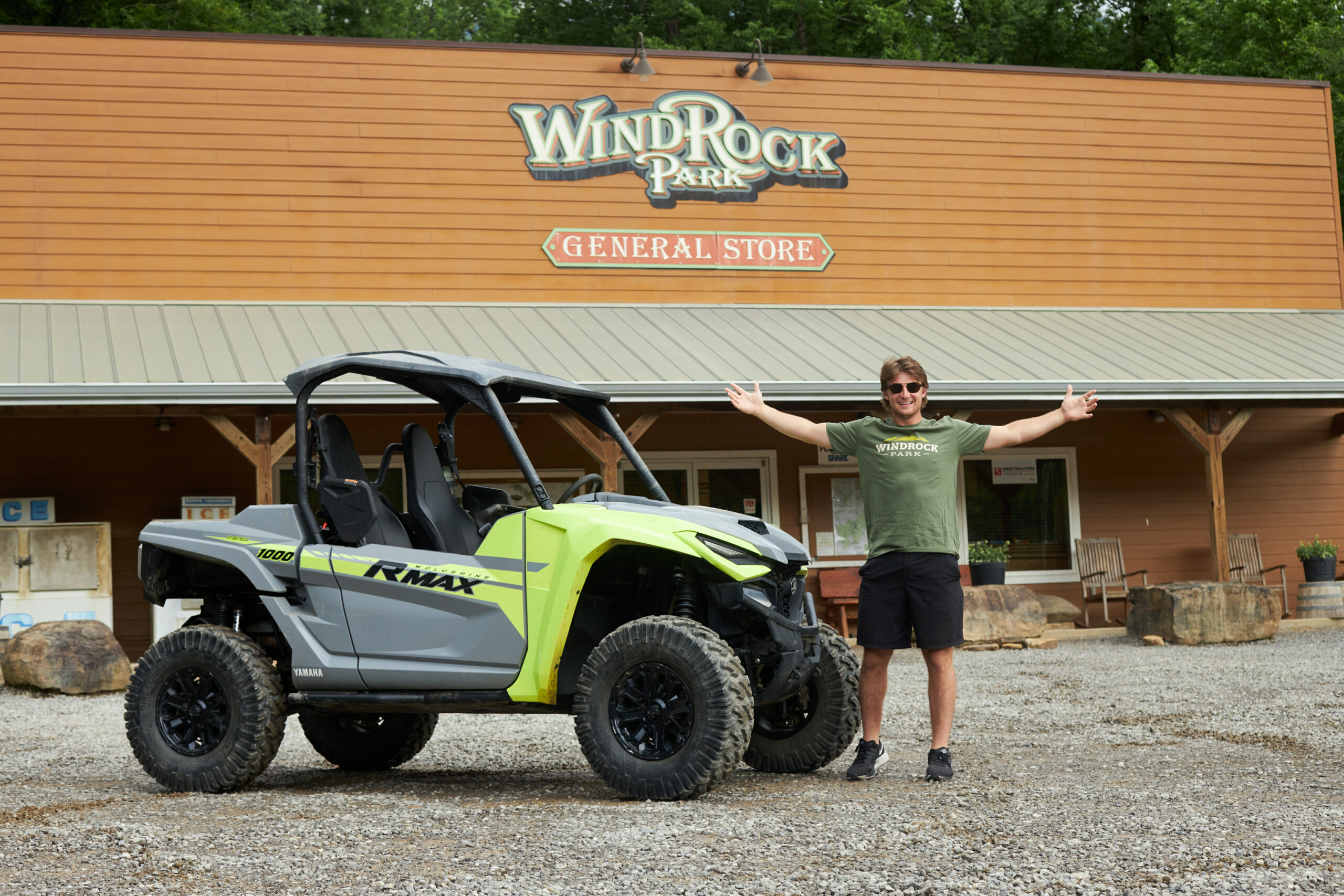
This history outline is courtesy of:
Windrock Land Co. Established 1872 150 Years of Coal Fortune, Tragedy, Renewal, and Recreation in the Cumberland Mountains
By: Paul F. Brown
